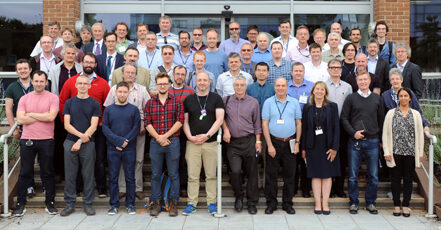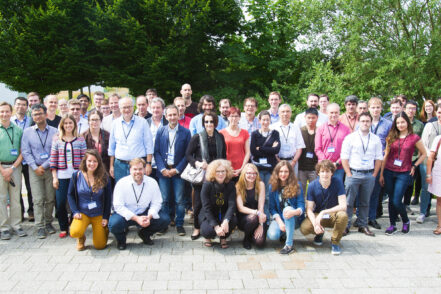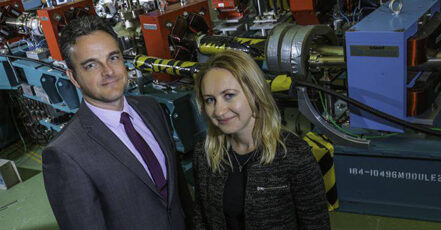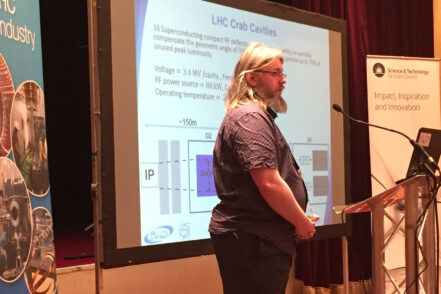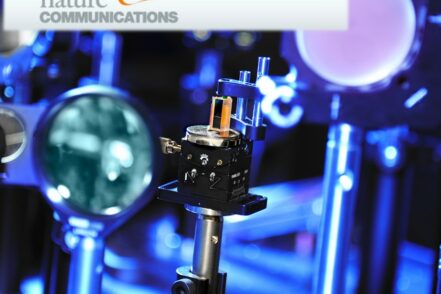
September 6, 2017
Demonstration of sub-luminal propagation of single-cycle terahertz pulses for particle acceleration
The demonstration of the slowing of single-cycle terahertz frequency (1012Hz) electromagnetic pulses to subluminal speeds has been published in Nature Communications. The work proves a new concept for velocity matching ultrashort, sub-picosecond, electromagnetic pulses with relativistic particle beams, opening up…




